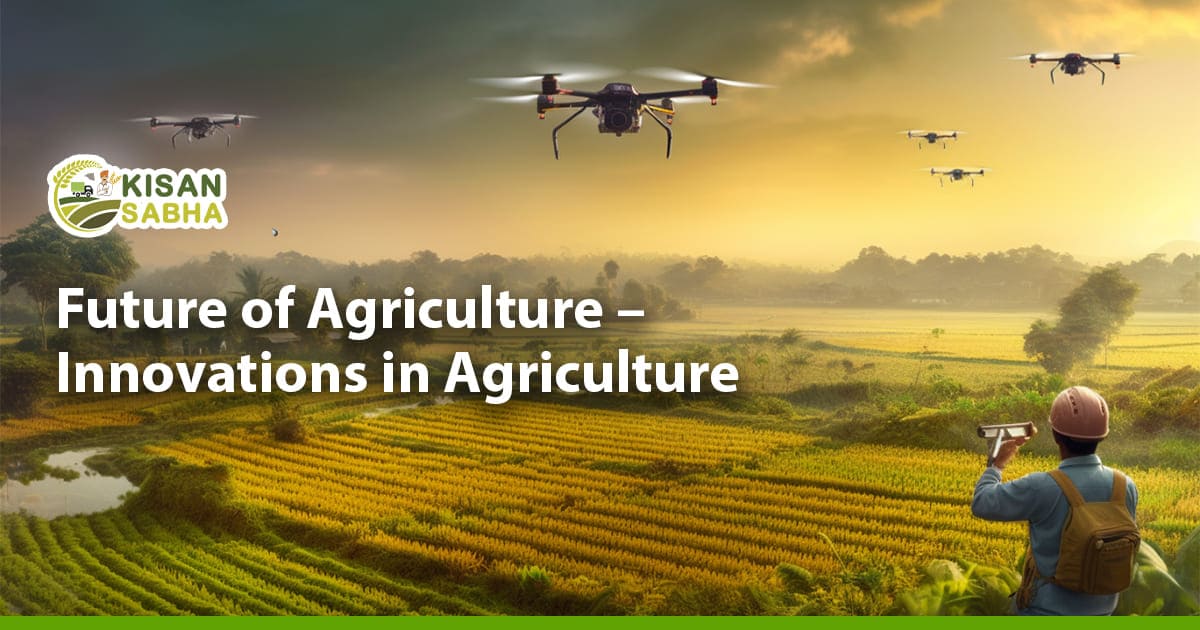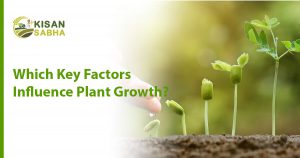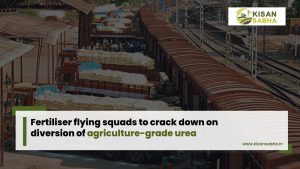Imagine a world where crops never fail, where the use of pesticides and herbicides is a thing of the past, and where farmers can monitor their fields from the comfort of their homes. This is not a distant dream but a reality that is slowly but surely becoming our present. The future of agriculture is being shaped by a wave of innovative technologies that are revolutionizing the way we grow and produce food. In this blog post, we will explore some of the most exciting advancements in agriculture and how they are changing the landscape of farming.
As the global population continues to rise, the demand for food production is reaching new heights. Traditional farming methods are no longer sufficient to meet this demand, and the need for sustainable and efficient agricultural practices has become more pressing than ever.
Fortunately, the world of agriculture is not standing still. From precision agriculture to vertical farming, a plethora of cutting-edge technologies are emerging to address these challenges and pave the way for a more sustainable and productive future.
So, let’s dive into the world of agricultural innovation and explore the fascinating technologies and practices that are shaping the future of farming.
Precision Agriculture
Precision agriculture is a game-changer when it comes to optimizing farming practices and reducing environmental impact. By leveraging the power of data and technology, farmers can now make informed decisions about when and where to apply fertilizers, pesticides, and water. This targeted approach not only maximizes crop yields but also minimizes waste.
One of the key components of precision agriculture is the use of sensors and drones to gather real-time data about soil moisture, nutrient levels, and crop health. These devices provide farmers with valuable insights into the conditions of their fields, enabling them to take proactive measures to prevent crop diseases and optimize irrigation schedules.
Moreover, precision agriculture also relies on advanced analytics and machine learning algorithms to process and interpret the vast amount of data collected. By analyzing historical weather patterns, soil conditions, and crop performance, these algorithms can generate predictive models that help farmers make data-driven decisions. For example, they can predict the optimal planting time for a specific crop based on historical weather data, reducing the risk of crop failure.
Also Read:- Organic Fertilisers in Agriculture- Importance and Its Type
Vertical Farming
With the rise of urbanization and the scarcity of arable land, traditional farming methods face significant limitations. This is where vertical farming comes into play. Vertical farming is a revolutionary approach that involves growing crops in vertically stacked layers. It is often done in controlled indoor environments such as warehouses or high-rise buildings.
One of the main advantages of vertical farming is its ability to maximize space utilization. By growing crops in vertical stacks, farmers can produce a significantly higher yield per square foot. This not only allows for more efficient land use but also reduces the need for transportation. It also minimizes the carbon footprint associated with food production.
Vertical farming also offers precise control over environmental conditions, such as temperature, humidity, and lighting. By creating the ideal conditions for each crop, farmers can optimize growth rates and minimize the risk. Additionally, vertical farming eliminates the need for pesticides and herbicides, making it a sustainable and eco-friendly alternative to conventional agriculture.
Robotics and Automation
Robotic technology is transforming the way we farm, making it more efficient, cost-effective, and less labor-intensive. Robots automate planting, harvesting, and weeding tasks for farmers. This frees their time for critical farming aspects. Robots enable automated repetitive farm labor.
One example of robotic innovation in agriculture is the use of autonomous drones for crop monitoring and spraying. Equipped with sensors and cameras, these drones can fly over fields and collect high-resolution images and data. By analyzing this data, farmers can quickly identify areas of concern. Cornecrn, such as pest infestations or nutrient deficiencies, and take immediate action.
Furthermore, robots are also being developed to perform delicate tasks that require precision and attention to detail. For instance, robotic arms equipped with specialized grippers can harvest fragile fruits and vegetables without causing damage. This not only reduces crop losses but also ensures consistent quality and reduces the need for human labor.
Also Read:- The Economic Impact of Farming: Why Agriculture Matters
Conclusion
The future of agriculture shines bright with innovations reshaping food production. Precision techniques, vertical farming, and robotics boost productivity. These advancements help farmers grow more with less environmental toll, meeting soaring food demands. As we adopt such technologies, we transition towards sustainable, efficient agricultural systems crucial for future generations. Shorter sentences: The agricultural future appears promising thanks to transformative innovations. New techniques increase yields while reducing environmental harm. Embracing these advancements progresses us to sustainable, productive farming vital for coming generations.




